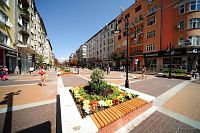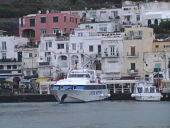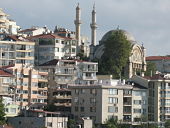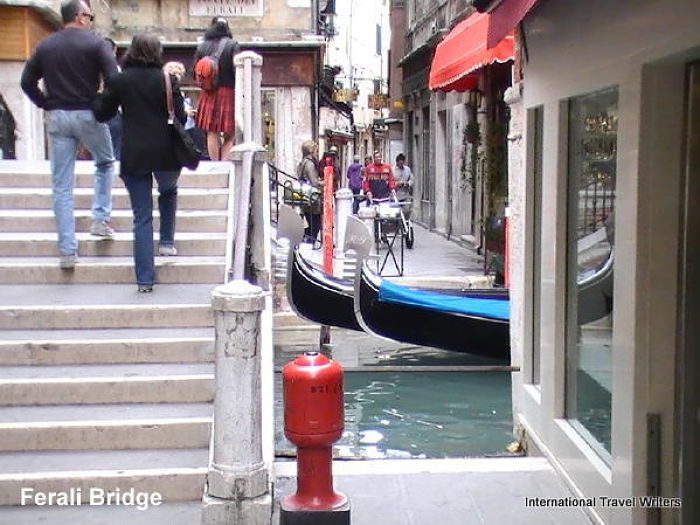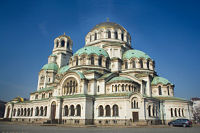Sofia, Bulgaria: the Backdoor to Eastern Europe, Asia & the Mediterranean
(by T.W. Anderson)

While Bulgaria might be one of the newer countries to join the European Union, only holding member status since 2007, it has much more to offer than just a modern economy and infrastructure. There is also the 8,000 year old history to consider, from the Ottomans back to the Romans, Byzantines, Thracians and beyond.
As a central hub of transportation, Sofia has stood the test of time. In the 21st century, it is a blend of millennia-old history and structures with modern complexes, high-speed infrastructure and a cheap cost of living. And while for Bulgarians the city functions as the capital with very little in the way of things to celebrate, for those of us who travel for a living or for a passion, Sofia is so much more than "just another capital city".

The country's central location in between Western Asia, the Mediterranean, Russia to the north and the rest of Europe to the West has long dictated the country's importance as a transportation hotspot, and this is a simple fact that has carried through into modern times. What this means for travelers is simply this: if you are looking for the perfect place to use as a central hub while you explore the surrounding countries, you can't go wrong.
With an international airport as well as a train station, plus a dedicated bus network, it's an easy matter to head out from Sofia to a number of other destinations, ranging from Greece to Serbia, Macedonia, Croatia, Romania, Turkey and even Italy, which is just a short flight out from the airport.
There is also the added benefit that Bulgaria - despite being part of the European Union - is not part of the Schengen Area. Simply put, if you happen to be a foreigner visiting the Schengen zone, you are limited to a maximum stay of up to 90 days within a six month period throughout any of the Schengen countries, of which Greece happens to be one. Bulgaria is not, which means if you've hit the maximum on your Schengen and need to hunker down somewhere nearby, Sofia offers you the chance.
While you can only stay for up to three months on your passport, the ease of transportation means that you can easily head out from Sofia into Romania or Turkey. As of this writing Bulgaria and Romania are technically bound legally to join the Schengen group, but to-date have still not done so, which means you can leave the Schengen area of the European Union, stop off in perhaps Sofia, stay for three months, hop up to Romania and stay another three months, and from there either head back to the EU or into Turkey where you have an entire subcontinent of history to explore.
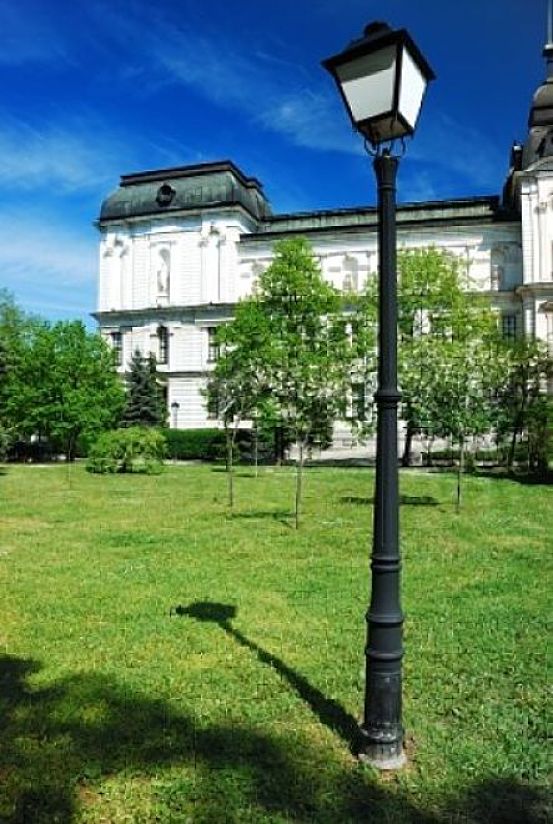
Apartment costs run in the 500 to 600 a month range for fully furnished studios and one-bedroom places (including utilities), while 2 and 3 bedroom spots go for 600 to 800 a month, plus long-term visas are easy to get so long as you apply for them in an embassy outside of the country. The most common is the D-visa, which allows for a six-month stay in the country and can lead to a residency visa.
On top of that, the international airport means you can head out from Sofia to anywhere else in Europe, Asia, the Mediterranean or the Middle East that you would want to visit. The combination of affordable living, international transport and history make for a unique combination that shows just why it is that Sofia has remained a central hub for so many thousands of years.
For more information about Tim Anderson and his travels, visit Marginal Boundaries
Related Articles......from Worldwide Destinations Series
Return from Bulgaria to International Travel Homepage
Having trouble finding what you need? International Travel Writers Index and Map
OR
Do you have a travel experience or story to share? Share your travels here!
By Carolynne Woods, © Copyright 2010-2020. International Travel Writers.com All rights reserved images and text

